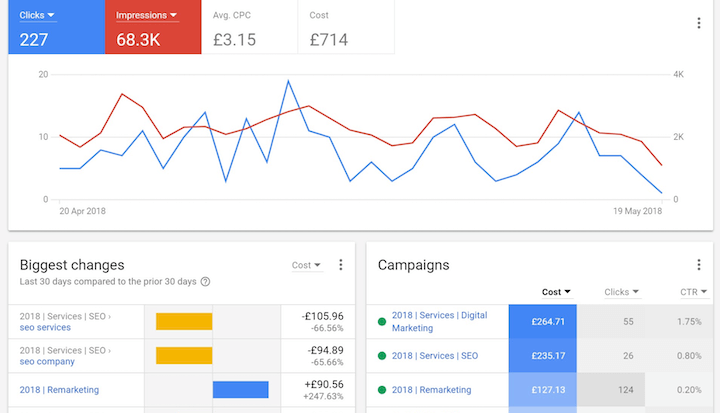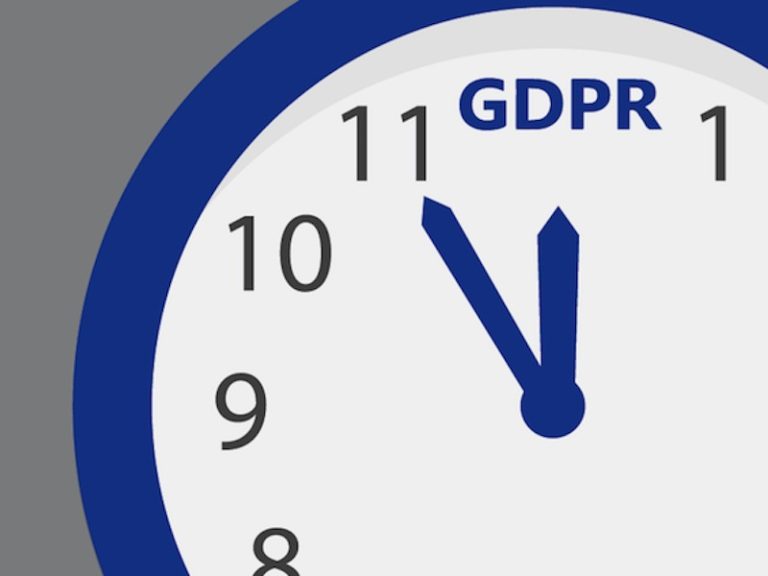Chargebacks are also known as “charge disputes” and they can be filed for a variety of reasons, including unauthorized use of the credit card. The fee for each operational violation varies for each compliance requirement Amazon imposes.
– Emily Leung, Marketplace Operations Associate at Tinuiti
What is an Amazon Chargeback?
Amazon Chargebacks are operational fees a vendor will see as deductions from their Amazon remittance checks. Amazon vendors should familiarize themselves on how these fees impact their accounts and what steps they can take to avoid deductions.
In March 2021, the Carton Content Accuracy chargeback fee will more than double, to reflect the increase in cost due to quantity-related defects. We spoke with our leading experts to find out how this could impact Vendors and what you can do to prepare.
According to Amazon, chargeback occurs when a cardholder contacts their bank to dispute the charge for an order placed on Amazon.com. These fees occur when Amazon claims the vendor did not follow strict vendor compliance requirements.
Why is Amazon increasing the Carton Content Accuracy Chargeback?
To calculate the fee, if a shipment contains 10 cartons with each containing 10 defects, the number of defects (10) is multiplied by the number of cartons (10) = 100 defects. Therefore, the chargeback fee for a shipment with 100 defects is 100 x .60 per defect = 0.
When will the increase take place and how will it impact Vendors?
According to Amazon, a Carton Content Accuracy chargeback means that the products or the product quantities in a carton Amazon receives do not match the information in the Advance Shipment Notification (ASN). For example, if an ASN indicates that 10 units of an item should be in a carton but the actual received carton contains just 4 accurate units and 4 units of a different item, the discrepancy is calculated as 10. This is because Amazon is still missing 6 units of the expected 10, which is added to the number of unexpected units (4), therefore the defect count is 6+4 = 10.
The chargeback applies to all units in the carton when an item-level barcode is visible on a case pack or master pack that is not itself the sellable unit.
The chargeback is also triggered when the number of defective units in cartons with inner pack/master packs creates a mislabeling issue. For example, if an ASN indicates that 10 units should be in a carton but the actual received carton contains 5 case packs of 2 units each, the defect quantity is calculated as 10. The item-level barcode on the case packs causes them to be stowed as the sellable item, resulting in all 10 units being stowed incorrectly.
You can learn more about how chargebacks impact Vendors in our recent post.
What is a Carton Content Accuracy Chargeback?
The Carton Content Accuracy chargeback fee has remained flat at per unit since 2017 but based on a recent audit, Amazon will be increasing the rate to .60 per unit to reflect the increase in cost due to quantity-related defects.
Amazon’s fulfillment centers use an auto-receive system that expects products on your confirmed ASNs to be fulfilled accurately. Incorrect information also impacts inventory decisions, which can lead to delays with customer orders.
“Vendors who have chargeback issues in this category should take this time internally to prepare with shipping and logistics to minimize this chargeback.”
From packaging problems to technical errors in transmitting Electronic Data Interchange (EDI), Amazon will charge vendors for almost anything they can.
4 steps to prevent a Carton Content Accuracy Chargeback
- Provide accurate information in your ASNs for each shipment, ensuring no unexpected products are packaged and sent to Amazon.
- Ensure that the barcodes on each unit are mapped to the correct ASN in the catalog.
- If sending case packs (inner cartons), ensure that the case packs are not transparent and that the item-level barcode is only visible on the sellable items.
- Don’t place barcode labels on top of the case pack as this leads to the inner pack barcode being scanned instead of the sellable units, causing a discrepancy between received units and stow units.
The operational impact of your non-compliance can be significant. Here’s why:
The new fee will start on March 22, 2021.



![7 [Non-Generic!] Customer Engagement Strategies & Examples](https://research-institute.org/wp-content/uploads/2021/10/7-non-generic-customer-engagement-strategies-examples.png)

